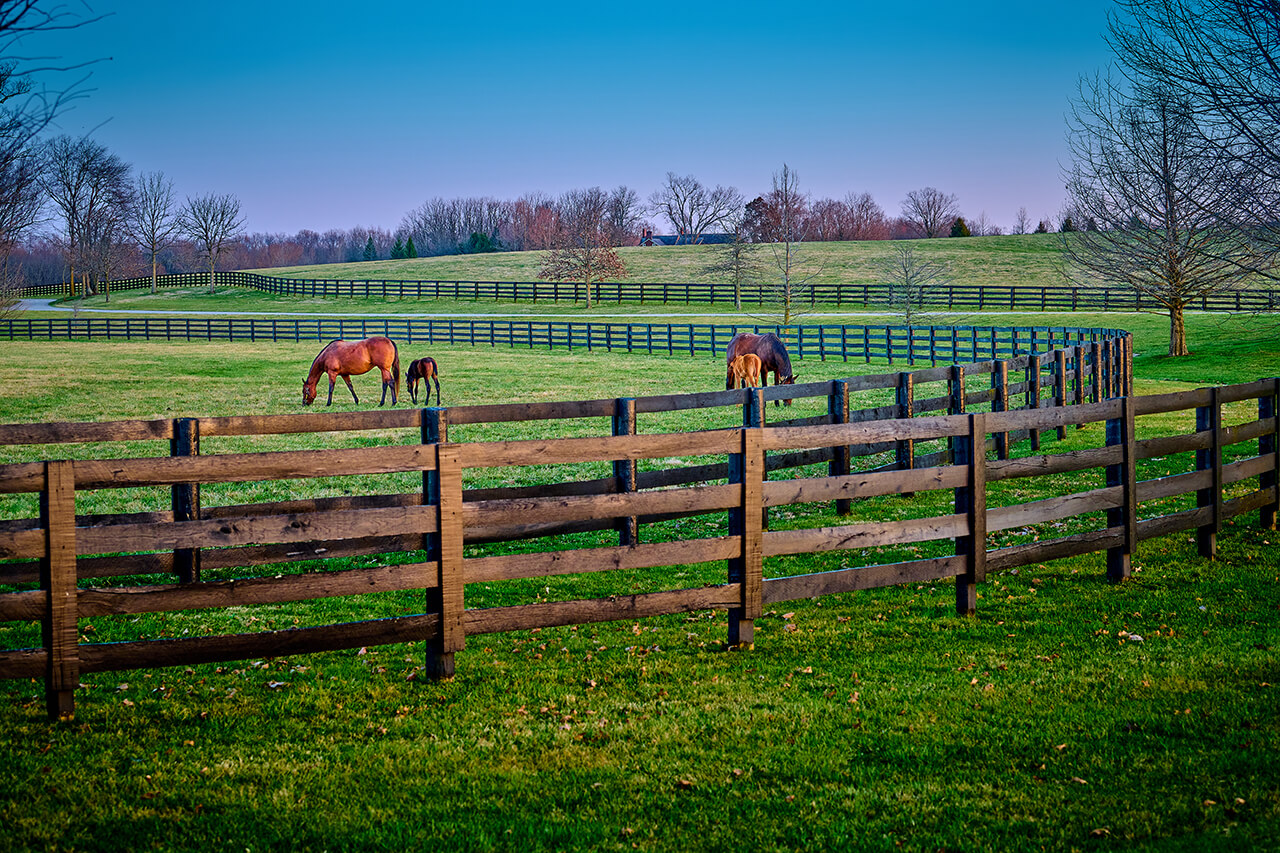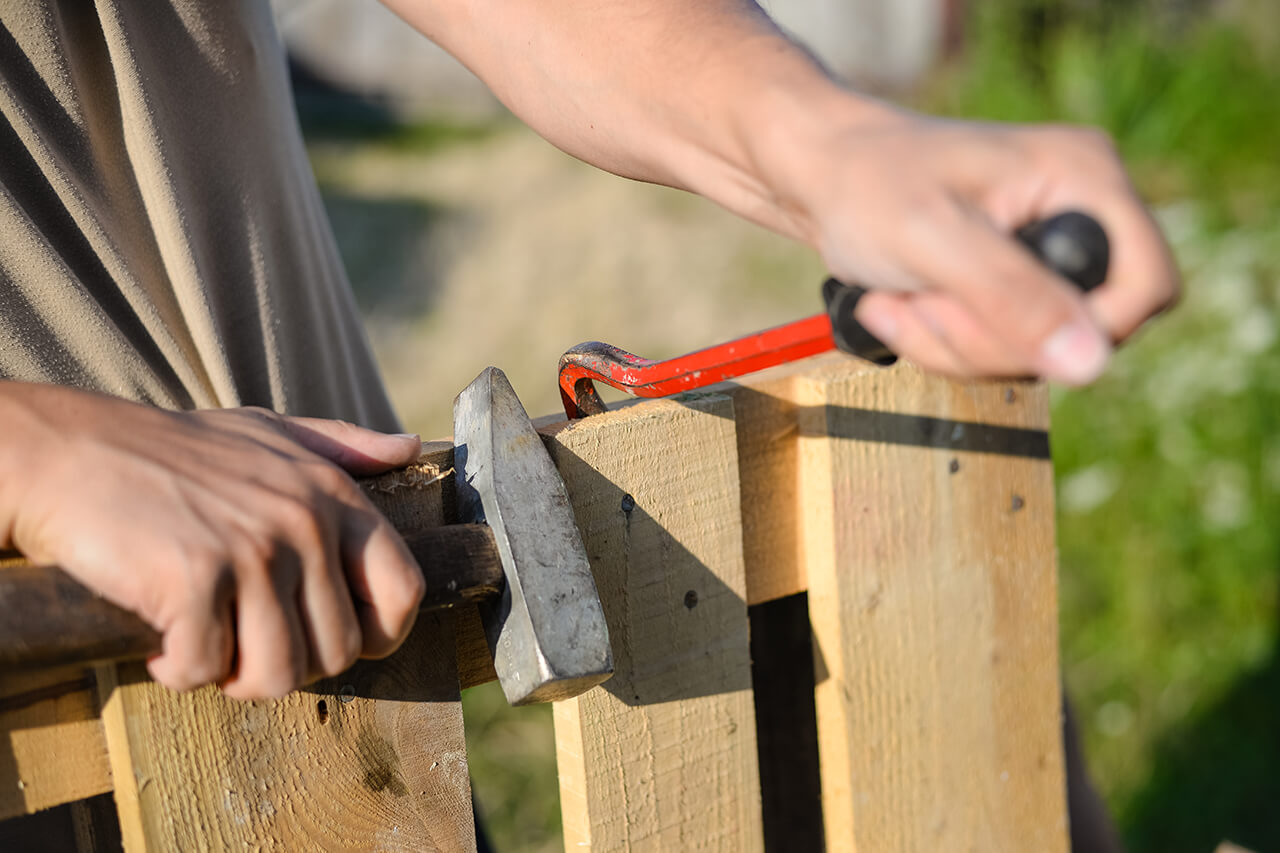
How Much Does a Pipe Fence Cost in 2025?
Pipe fencing costs an average of $2,000


Expect to spend between $1,000 and $8,000 on pipe fence costs to keep livestock safe and your property secure.
The average cost of a pipe fence is between $1,675 and $2,500, or $2,000.
Length, materials, gates, land clearing, and labor drive the final price of your pipe fence, while routine maintenance dictates your long-term budget.
A professionally installed pipe fence lasts longer, cuts future maintenance, and keeps valuable animals protected.
This article was updated using automation technology and thoroughly reviewed for accuracy by HomeAdvisor Editor Ryan Noonan.
If you need to keep animals in and predators out, installing farm fencing is essential. Most homeowners spend between $1,675 and $2,500, or an average of $2,000 on pipe fence costs. That translates to a range between $2 and $40 per linear foot—so it pays to set a clear budget up front. Because livestock herds grow and repairs pop up, bringing in a fence-building pro early on saves time, money, and stress.
Partnering with an experienced fence contractor helps you lock in a sturdy, code-compliant fence that protects your animals and trims long-term repair costs.
Pipe Fence Cost Factors
Pipe fencing is one of the most expensive types of farm fencing, but it’s popular because it's relatively low-maintenance, durable, and strong enough to hold large livestock. On average, a pipe fence costs anywhere from $13.50 to $40 per linear foot, including materials and labor. However, various factors impact the price. Here’s a closer look at the cost drivers that determine your total.
Length
Fence length drives both material and labor costs. Hiring a pro adds $2 to $6 per linear foot. If you’re enclosing one acre—approximately 835 linear feet—plan on an additional $1,700 to $5,100 for labor, bringing the total installation cost to $11,300 to $33,400.
Materials
Material choice has a significant impact on price—most options range from $11.50 to $34 per linear foot before labor. Pipe fencing is often made of metal and tends to cost more than cable fencing, though there’s a whole range of fences for different budgets.
Fence Height
Different livestock require different heights for safety. Most fences are charged per strand, line, or braid per foot. The taller the fence, the more strands or lines it will need. Keep in mind that the cost to repair a tall fence is greater, and fences in non-standard sizes require more labor to adjust.
Gates
Plan on spending $160 to $800 for a livestock gate, depending on whether you choose a compact six-foot model or a larger 16-foot drive-through option.
Labor
Hiring a fence pro adds $2 to $6 per linear foot in labor costs over the material price. This translates to between $1,700 and $5,100 per acre.
Land Clearing
Clearing land of trees and other obstacles costs $1,300 to $5,700 overall. Additionally, regrading land ranges from $50 to $100 per hour.
Pipe Fence Types
Your pipe fence total depends on the type of farm fencing you choose. Here are your options and their features.
High-Tensile Wire Fence Cost: Electric and Non-Electric
This type of fence is strong and resilient, so it lasts a long time. Low cost and low maintenance also make this a popular choice. However, low visibility increases the risk of animals becoming entangled or injured. Electrify the fence, use markers, and/or install the lowest wire several inches off the ground to help reduce potential harm.
High-Tensile Barbed Wire Fence Cost
This option is low-cost and rustic, making it a popular choice for cattle. However, the sharp barbs can tear into a horse's thin skin and cause severe injuries. You must also regularly tighten barbed wire for it to remain effective.
HTP Line (High-Tensile Polymer): Electric and Non-Electric
Both types of HTP line consist of high-tensile steel wires coated in polymer to prevent the line from cutting into livestock. Like traditional wire fencing, HTP line is minimal in appearance. The polymer is available in many colors, which can increase visibility. The coating also makes it safer for animals and more durable to impact, weather, and stretching.
HTP Rail (High-Tensile Polymer)
HTP rails can be electric or non-electric. They mimic the appearance of split-rail fences but will not split, rot, or break like wood. HTP rail can last 30 years or more. These are most common for horse fencing.
Vinyl
Vinyl is expensive, but the trade-off is durability. It can last 10 to 15 years with very little maintenance in warm climates. In colder climes, the material can become brittle, but it’s still safer than wood because it doesn’t splinter upon impact.
To prevent your animals from leaning into and popping PVC fence posts out of their accompanying rails, add a single strand of electrified wire. Hollow rails come in a variety of colors and styles to match the other structures on your property.
Hog, Bull, and Cattle Panel
Spacing between wires and openings at the bottom of the panels varies, depending on the type of animals you have in your pasture.
Woven Wire
With this type of livestock fencing, metal conductors transmit electricity to maximize power. Electric braids come in multiple diameters and colors and are more visible than other wire fencing.
Tape Fencing
This option is popular because it’s low-cost and easy to install. Made of poly fibers and conductive metal strands woven together, electric tape is wider and more visible than traditional electric wire, though it cannot sustain heavy winds.
No Climb
Also known as woven wire, field fence, or diamond weave, this type of fencing is ideal for horses and other livestock due to its small openings. Strong wire is woven into grids for an aesthetically pleasing solution that keeps your animals in the pasture and other animals out. No climb options are best for even terrain. This type of fence must be tightened regularly and checked for warping.
Split Rail Fencing
A popular, traditional choice due to its strength and appearance, wood fencing is expensive and requires ongoing maintenance. When broken, wood may splinter and cause injury. If you are willing to pay more, brands like Priefert offer Ponderosa fences featuring wood posts with powder-coated railings that resist rot and splintering, requiring no additional maintenance.
DIY vs. Hiring a Fencing Company
Installing livestock fencing is a significant undertaking, and few homeowners have the specialized tools—or the time—to complete it safely. It’s particularly complicated if you’re installing an electric fence. A fence contractor can help you choose the right kind of fence, install it in the safest way possible for livestock, and make precise measurements. Since improper installation comes with a risk of harm or loss of valuable livestock, you’ll probably want to hire a fence contractor near you.
How HomeAdvisor Gets Its Cost Data
No place is more important than your home, which is why HomeAdvisor connects homeowners with local pros to transform their houses into homes they love. To help homeowners prepare for their next project, HomeAdvisor provides readers with accurate cost data and follows strict editorial guidelines. After a project is complete, we survey real customers about the costs to develop the pricing data you see, so you can make the best decisions for you and your home. We pair this data with research from reputable sources, including the U.S. Bureau of Labor Statistics, academic journals, market studies, and interviews with industry experts—all to ensure our prices reflect real-world projects.
The homeowners guide to fence installs or repairs
From average costs to expert advice, get all the answers you need to get your job done.


Discover the average cost of a steel fence and how prices vary depending on the fence’s height, installation difficulty, number of gates, and more.

Learn what affects the cost to repair a wood fence, from rotted posts to sagging gates. Get expert tips on common issues, maintenance, and when to hire a pro.

This guide outlines the cost to install a black chain-link fence as well as the factors the influence cost, including materials, labor, fence height and length, and location.

Estimate the total cost to repair a chain link fence, including labor rates and wire mesh options for addressing rust damage, sagging sections, and more.

How much a privacy fence costs is based on several factors, including the fence’s height and length, materials, site prep, labor costs, and more.
- Aluminum or Steel Fence - Repair
- Barbed Wire Fence - Install
- Vinyl or PVC Fence - Install
- Aluminum or Steel Fence - Install
- Electronic Pet Fence - Install
- Wrought Iron Fence - Install
- Wood Fence - Install
- Vinyl or PVC Fence - Repair
- Wrought Iron Fence - Repair or Weld
- Gate for Driveway or Security - Install or Replace
- Chain Link Fence - Install
- Chain Link Fence - Repair or Alter